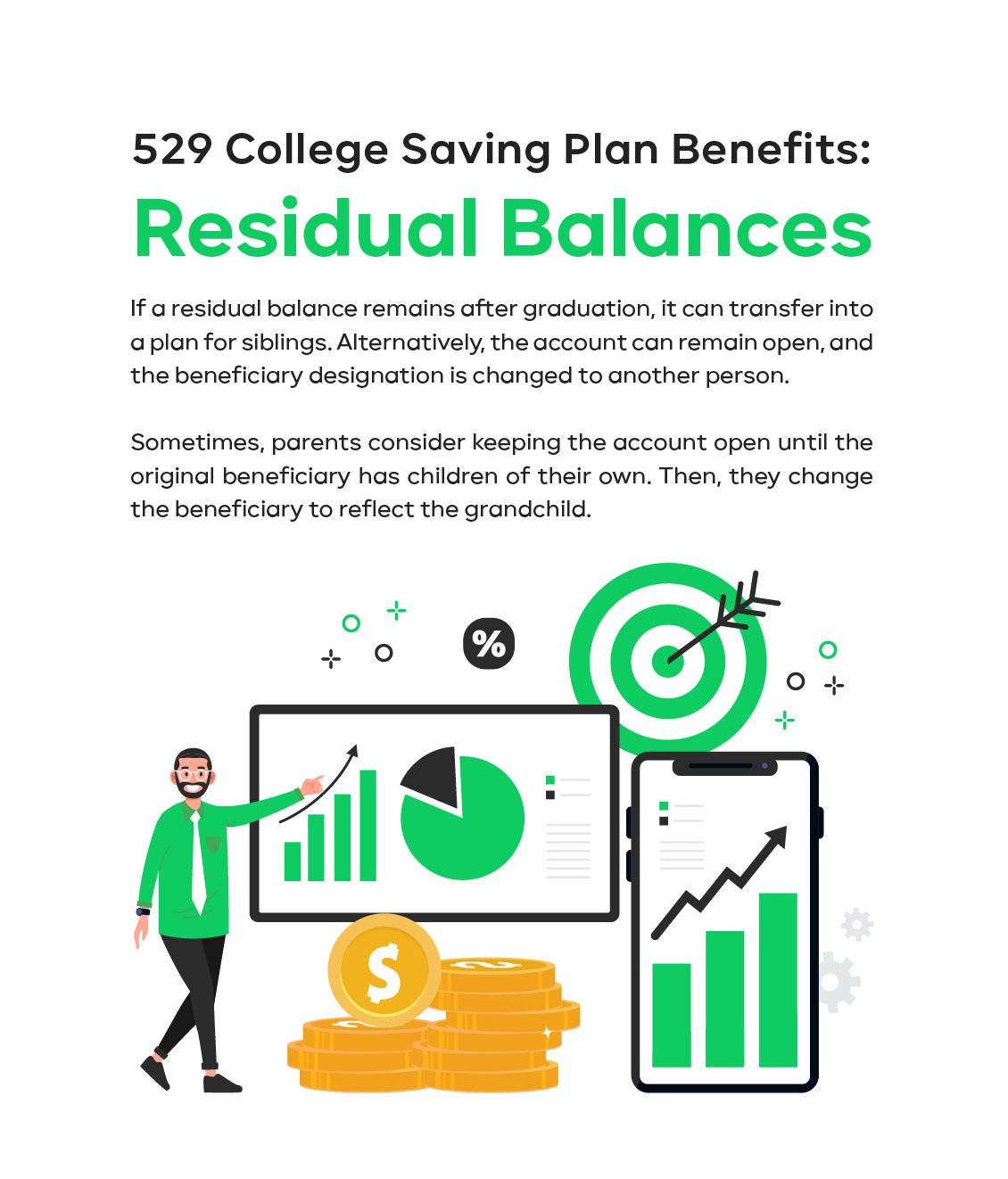
At a high level, the account is owned by one person, and a successor owner is named. Usually, these are the parents of a child, with the child being the beneficiary. However, anyone can own a 529 plan for the benefit of a child. Furthermore, any individual can contribute to the account.
529 College Saving Plans Rules
Deposits into 529 plans are considered gifts. Therefore, in 2019, any individual may make an annual gift of up to $15,000 per beneficiary ($17,000 for the year 2023). A donor may elect to contribute as much as $75,000 at one time and claim five year forward averaging treatment of the gift (as per the 2019 Internal Revenue Code).
Maximum lifetime contribution limits vary by state. In Alabama, the limit is $475,000.
Some states incentivize their residents to invest within the plan of their state. They do this by offering tax deductions against state income tax liability. It’s important to note that there is no deduction to be had against federal income tax liability when gifts are made to 529 plans.
Investment growth compounds within such plans on a tax-deferred basis. When the beneficiary incurs qualified expenses for education, the tax-deferred gains are distributed on a tax-free basis from the plan.
Usually, when money is distributed from 529 college savings plans, tax-sheltered earnings and post-tax contributions are distributed proportionately. If funds are distributed for anything other than qualified educational expenses, then a 10% penalty applies to the tax-deferred portion of the distribution, as does a liability of income taxation.
However, distribution can take place from a 529 plan up to the amount of a tax-free scholarship without paying the 10% penalty.
Anyone may use the 529 plan of any state, regardless of residency. In such cases, you wouldn’t enjoy resident state deductibility that may have been available with a home state plan. That isn’t the only factor to consider – many of our clients have gravitated to out-of-state plans for reasons pertinent to them.
We examine the number of fund offerings, both actively and passively managed. We evaluate age-weighted glide path funds and quantifiable metrics from sources like Morningstar for insight into the performance of the funds, volatility of the funds, consistency of management, and expense. There are many factors to evaluate when gauging the efficacy of a 529 plan other than simply an in-state tax benefit.

529 College Saving Plan Benefits: Residual Balances
If a residual balance remains after graduation, it can transfer into a plan for siblings. Alternatively, the account can remain open, and the beneficiary designation is changed to another person.
Sometimes, parents consider keeping the account open until the original beneficiary has children of their own. Then, they change the beneficiary to reflect the grandchild.
Furthermore, the original beneficiary could go back to school later in life to pursue a higher degree. We’ve even seen cases where the donor parent changed the beneficiary to reflect themselves so they could return to culinary school. The bottom line is that many options are open to account owners when surplus funds remain in a 529 plan account.
For further 529 college savings plans advice and to find the perfect account for your needs, get in touch today.
*David R. Guttery, RFC, RFS, CAM, is a financial advisor and has been in practice for 31 years. He is the president of Keystone Financial Group in Trussville, Ala. David offers products and services using the following business names: Keystone Financial Group – insurance and financial services | Ameritas Investment Company, LLC (AIC), Member FINRA / SIPC – securities and investments | Ameritas Advisory Services – investment advisory services. AIC and AAS are not affiliated with Keystone Financial Group. Information provided here is gathered from sources believed to be reliable; however, we cannot guarantee their accuracy. This information should not be interpreted as a recommendation to buy or sell any security. Past performance is not an indicator of future results.







